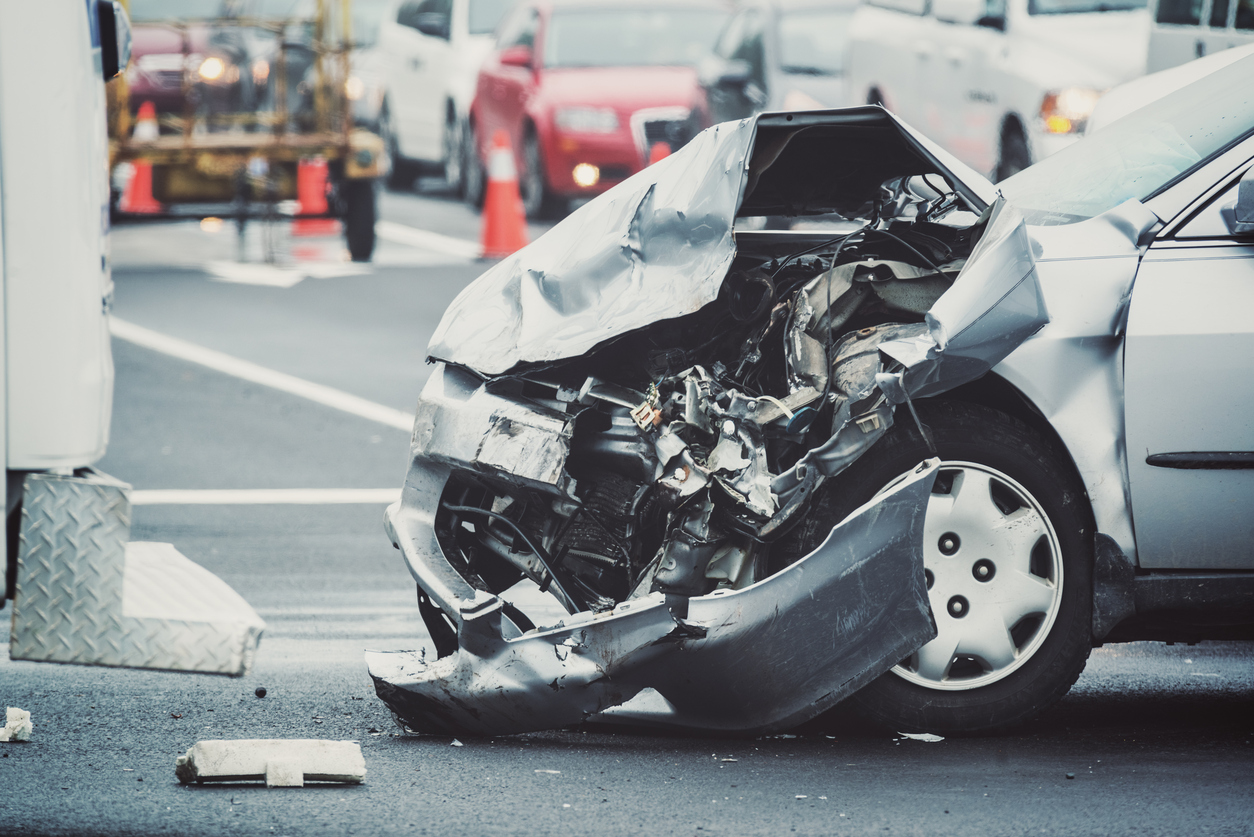Last year, 10,511 people died in crashes involving at least one driver with a blood-alcohol concentration of at least .08%, the legal cutoff in every state except Utah, federal figures show. While that represented a 3.6% drop from 2017, alcohol-related fatality levels have largely stagnated for the past decade.
“What we’re failing to do is get to the root cause of why they’re doing this, what’s behind the behavior,” said traffic-safety consultant Pam Fischer, who wrote the report for the Governors Highway Safety Association.
The report focuses on high-risk impaired drivers who are likely to repeatedly drive under the influence of alcohol, drugs or a combination. But Ms. Fischer said law-enforcement authorities need to do a better job assessing all offenders to determine their risk of repeating, and whether they need substance-abuse or mental-health treatment.
The concerns go beyond alcohol. Drugs, legal and illegal, are a growing worry, the report says. Between 2006 and 2016, the share of fatally injured drivers who were tested and found to be positive for drugs rose to 44% from 28%. The most common substances included stimulants, depressants, opioids and cannabis.
Funding for the GHSA report was provided by the Foundation for Advancing Alcohol Responsibility, or Responsibility.org, which is supported by U.S. distillers. The report “makes clear that a comprehensive approach tailoring sentencing, supervision and treatment to the individual is the only way to remove this risk from our communities, and it provides states with a road map to do just that,” said Brandy Axdahl, senior vice president of responsibility initiatives.
Some public-health experts who focus on drunken driving think all states should follow Utah, and many European countries, by making it illegal to drive with a blood-alcohol concentration, or BAC, of .05% or higher.
Ms. Fischer said she understands that push, because she doesn’t think anybody should get behind the wheel after imbibing. Her report notes, though, that two-thirds of drivers in fatal alcohol-related crashes last year had BAC levels of at least .15%, which is almost double the current limit in 49 states. In addition, the report says 9% of drivers who were involved in a fatal crash and had a BAC of at least .08% had had a prior conviction for driving under the influence.
“It’s not as simple as saying don’t drink and then drive. These are people who have underlying issues we need to get to,” Ms. Fischer said.
The report points to a number of programs in the U.S. that could serve as models. For example, a San Joaquin County, Calif., initiative requires repeat DUI offenders to take part in a monitoring program. Individuals are screened to determine their risk and need level, and then assigned to either an accountability track or a treatment track. Participants were found to have far fewer new DUI convictions and car crashes than a comparison group of repeat DUI offenders, the report said.













